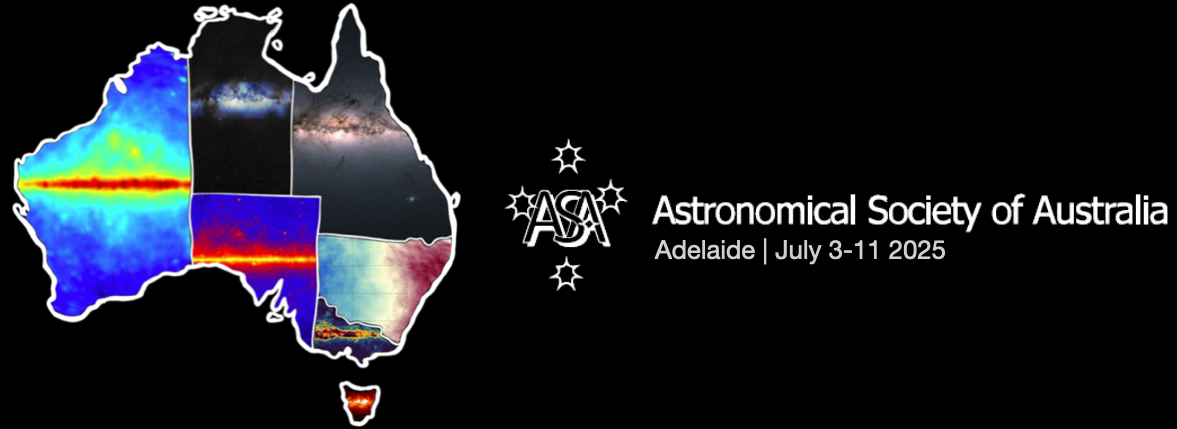Speaker
Description
The hot intracluster gas within galaxy clusters experiences shocks, mergers, and active galactic nucleus (AGN)-driven feedback, all of which drive its overall pressure distribution, which is crucial for understanding the mass and composition of these systems. 'Non-thermal pressure' (NTP) - gas pressure not attributed to random motion - is generated during these processes, but is challenging to observe. Evidence exists for NTP toward the cluster outskirts - primarily driven by shocks and mergers - whereas inside the core, where AGN-driven feedback is most significant, its contribution is only beginning to be unveiled. $\textit{Hitomi}$ measured a fractional NTP contribution of $\sim 2-7\%$ in the core of the Perseus Cluster; XRISM (X-ray Imaging and Spectroscopy Mission) is currently revealing the NTP contribution in the cores of many more systems. These observations highlight the need for theoretical models to determine the degree by which AGN feedback - in particular that generated by its relativistic jets - can stir up gas turbulence and NTP; this will enable evolutionary histories to be suggested for given observations.
In this work, we present analytical model predictions for the NTP produced by AGN outbursts, and its dependence on properties of the AGN and its environment. We simulate jet outbursts with physically-motivated jet power and active age distributions, and evolve these in time, coupling the injected energy to the surrounding gas. We find that the NTP fraction is $\lesssim 8-12\%$ when the AGN jets are active for $\sim 10-30\%$ of the total AGN life-cycle, over a range of environments. We predict the AGN duty cycle of Perseus by applying our model to the $\textit{Hitomi}$ observations; we find excellent agreement with independent measurements of Perseus' AGN activity.
We will investigate the relationship between NTP and AGN activity further by using galaxy formation models. When applied in conjunction with measurements of the current state of the ambient medium and AGN activity, these models will help us infer the past AGN activity of real clusters from their observed NTP, as measured by XRISM.

